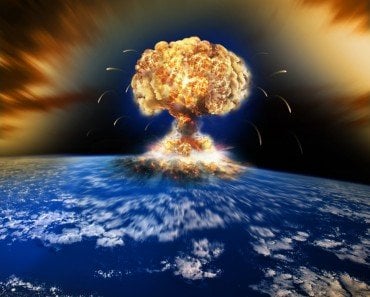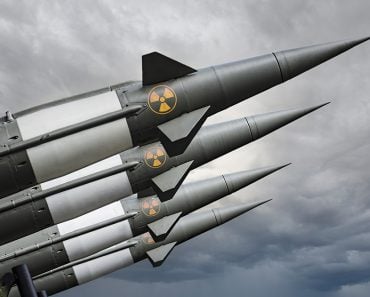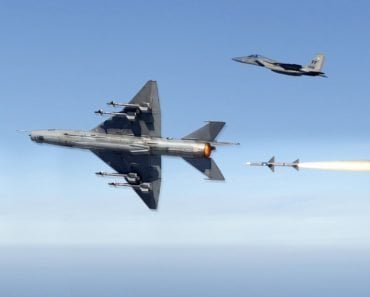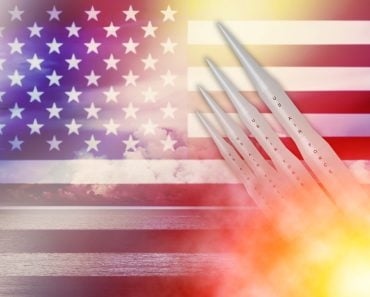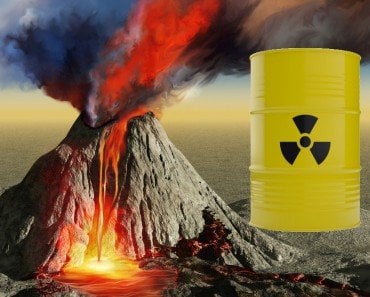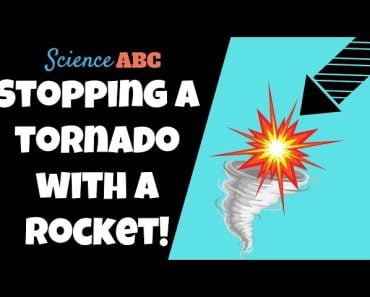Modern nuclear weapons are high-yield weapons, capable of obliterating bunkers as deep as 1000 feet. However, the exact effect of a nuclear weapon on a bunker is impacted by many variables. These include the depth of the bunker, material thickness, altitude of the explosion, and more.
Nuclear warfare is an impending threat to the very existence of humanity on Earth. They would impact the whole ecosystem, changing the very fabric of its being. This begets a very important question… is there a way to escape them? Could a war shelter, such as a nuclear bunker, be able to withstand nuclear fallout from modern warheads? Let’s find out!
Recommended Video for you:
Can Underground Bunkers Withstand Modern Nuclear Bombs?
An underground bunker’s ability to withstand nuclear bombs depends on two parameters—the bunker’s design and the bomb’s explosion dynamics. Thus, a detailed understanding of nuclear explosions and bunker design helps to answer this question.
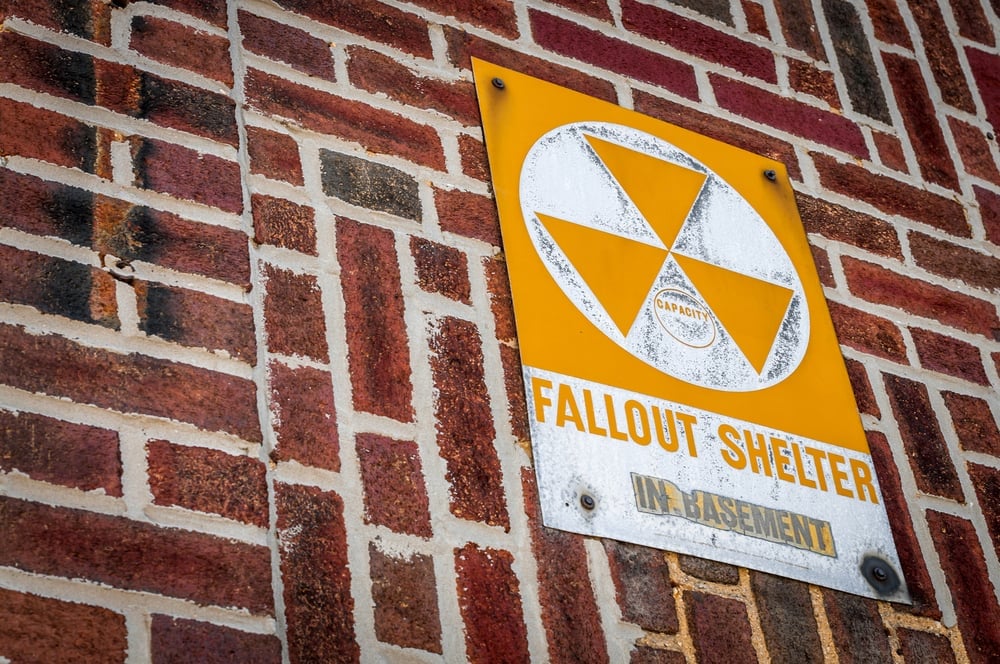
Dynamics And Impact Of A Nuclear Explosion
Unlike common incendiaries, nuclear weapons have more lethal output. Nuclear explosions yield energy in four forms. These are as follows:
- Blast wave (mechanical)
- Light (visible electromagnetic)
- Heat (thermal)
- Radiation (invisible electromagnetic)
They create a fireball that vaporizes everything contained in it, and then rises upwards in a mushroom cloud—a tell-tale sign of nuclear explosions. As energy from the blast wanes, the material in the mushroom cloud cools down into radioactive dust, also known as fallout.
An extension to the instantaneous damage, fallout propagates by wind; causing long-term damage to neighboring and distant regions. The blast wave brings about physical and structural damage to both humans and establishments alike. Other forms of energy, such as heat, light and sound from the explosion can kill or cause blindness, burns, spatial disorientation and more.
The most lethal aspect of nuclear explosions is the radiation, comprised of alpha and beta particles, neutrons, gamma and X-rays. They irradiate human and animal bodies, resulting in tissue damage and even genetic mutation.
The impact of a nuclear explosion is dependent on the altitude at which it takes place. Based on their altitude, they can be classified as follows:
1. High-altitude Burst
A nuclear explosion occurring in the ionosphere (above 30kms) classifies as a high-altitude burst. A high-altitude burst may not have significant physical impact, but it results in the sudden spiking of electromagnetic radiation due to significant ionizing of the atmosphere. This can destroy sensitive equipment and disrupt communication. An example of high-altitude bursts is USA’s project Starfish Prime.
2. Air Burst
Nuclear explosions occurring at altitudes less than 30kms from Earth’s surface classify as air bursts. Air bursts can be tuned to maximize a certain effect, whether thermal, physical or radiation-induced. The risk of fallout concentrated in a given region reduces as winds disperse radioactive dust over a large area. Hiroshima and Nagasaki bombings are examples of airbursts.
3. Surface Burst
Nuclear explosions occurring on or near the planetary surface classify as surface bursts. Over and above the damages caused by airbursts, surface bursts also run a high risk of widespread nuclear fallout.
Pokhran – I, a nuclear test carried out in India for armament purposes, is an example of a surface burst.
4. Sub-surface Burst
Sub-surface bursts occur under water, or below the surface of land. They are characterized by supressed signatures, such as mushroom clouds and nuclear fallout. However, they cause craters and initiate seismic activity. They also pollute underground and underwater resources.
Pokhran – II, a sequel to Pokhran – I in India, is an example of a sub-surface burst.
Construction Of A Nuclear Bunker
Bunkers are “invulnerable” establishments built to safeguard armed forces and civilians from efforts of war. As opposed to safe houses, they are always built underground.
Bunkers are affected by all but high-altitude bursts. This exposes them to high temperatures, physical shocks from the blast wave, penetrative radiation and fallout. They are therefore made of materials that can withstand those effects with minimal impact to the occupants.
In design, bunkers consist of a flat or multi-level floor plan with multiple entry and exit points. They are well connected to survival utilities, such as clean air, water, gas etc. At the same time, they are sufficiently shielded from any ingress of outside elements.
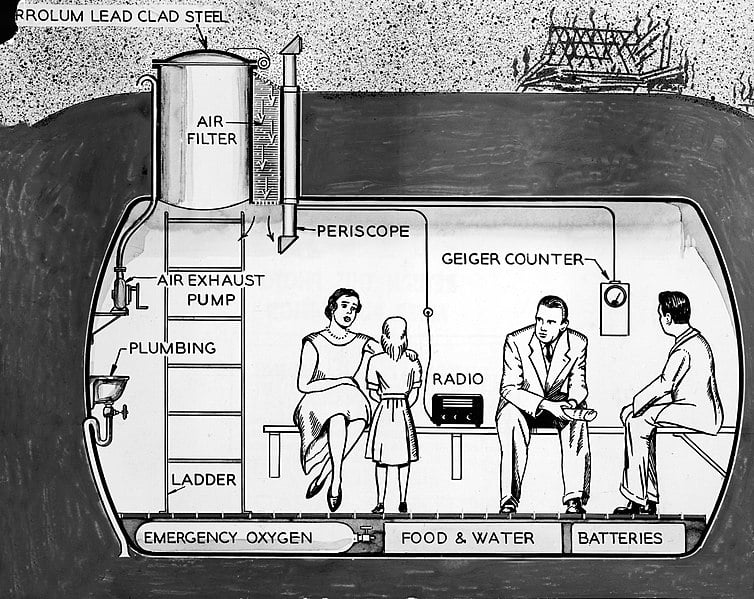
A bunker must possess high compressive wall strength against shocks from the blast wave. Concurrently, it should also protect its occupants from the extreme heat and radiation resulting from a nuclear explosion.
The most favorable materials for building bunkers include RCC, concrete, steel, and lead. Water and soil that are rich in heavy metals, such as uranium, can also absorb and disperse harmful nuclear radiation. For protection against heat, materials such as aluminum, cellulose and fiberglass are used.
Impact Of Modern Nuclear Weapons On Bunkers
Unfortunately, no bunker can completely mitigate the effects of a modern nuclear attack. Nuclear explosions near or under the earth’s surface initiate seismic activity, which can amplify their effects manifold. This would be extremely detrimental to the bunker’s safety.
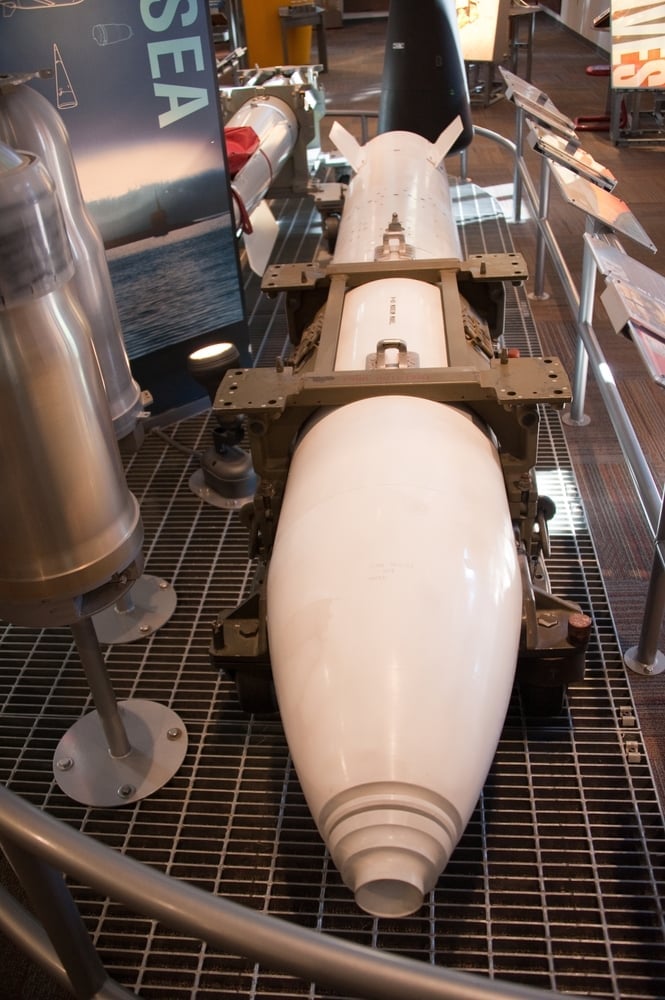
Unlike erstwhile nuclear weapons, new iterations are warheads delivered through missiles. These missiles, capable of penetrating the Earth’s surface, can cause explosions accompanied by catastrophic seismic activity. For example, USA’s B83 nuclear warhead with a 1.2 megaton yield, deployed on an Earth-penetrating weapon, can destroy bunkers up to as deep as 1000 ft.
Safeguarding Bunkers Against Nuclear Explosions
Distance, depth and thickness are critical to determining a bunker’s safety during nuclear explosions. The farther a bunker is from the explosion’s epicenter, the safer it is from physical, thermal and radiation shocks.
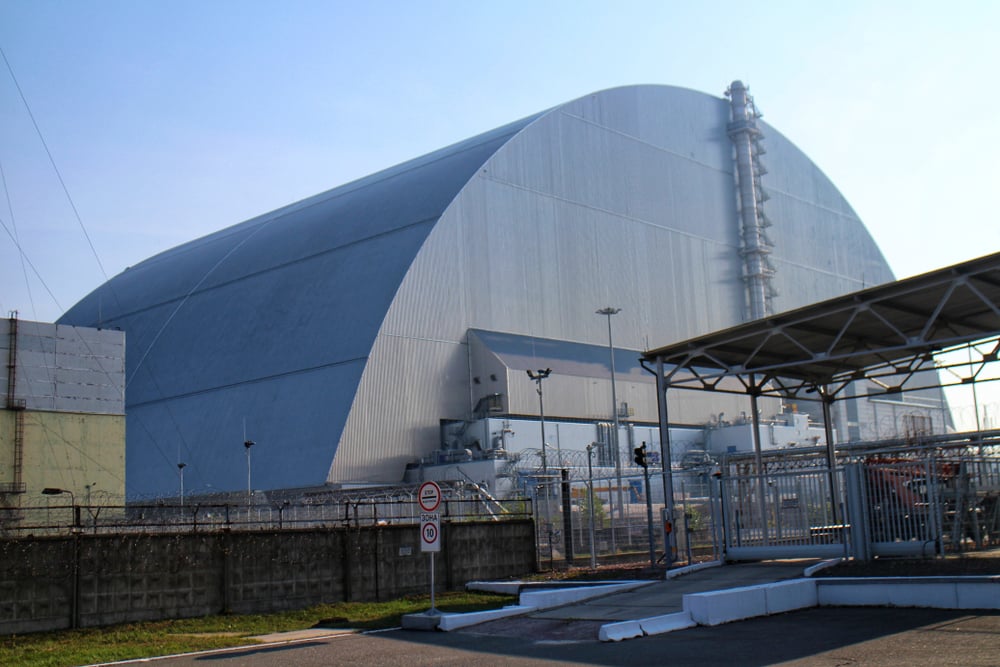
As the density of the earth’s surface increases with depth, so does its ability to decelerate penetrating weapons. For perspective, a nuclear warhead exploding 1m inside Earth’s surface generates a yield equivalent to 20 times what it would be on the surface. However, pushing it further inside to 5 meters only adds 60% more yield. Thus, deep-seated bunkers are better suited to fending off the impacts of nuclear explosions than shallower ones.
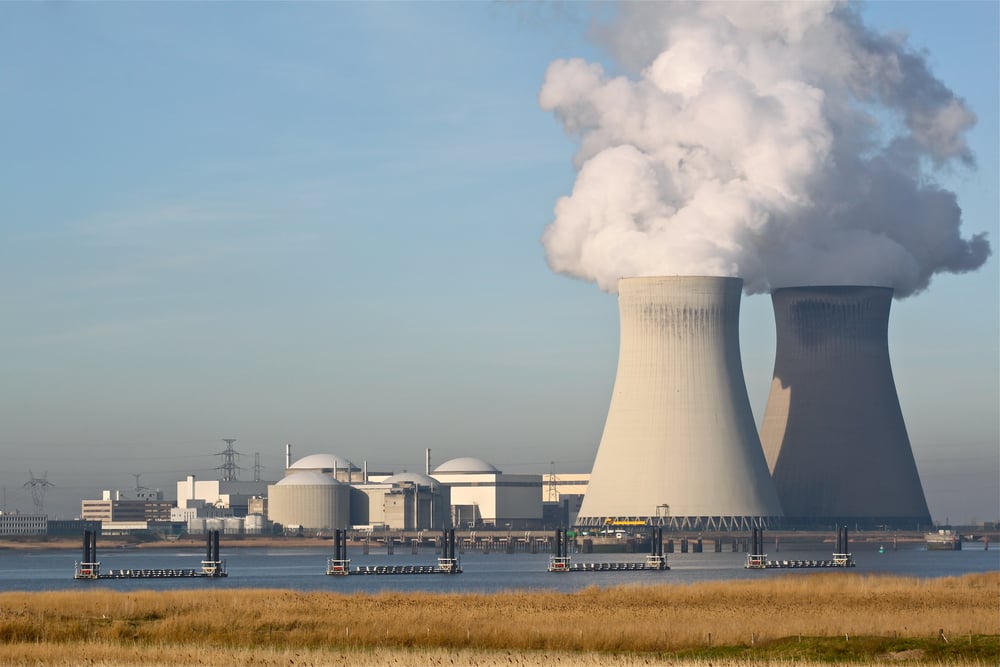
At last, the thickness of the construction materials also has a role to play in the bunker’s safety. Thicker materials are better poised to insulate occupants from impact than thinner materials. However, the downside of thicker materials is the increased costs and complications in the construction process.
Final Reflections
Nuclear energy remains one of the most misrepresented and misused technologies available to mankind today. Despite the use of heavy shielding materials and construction technologies, no bunker is truly immune to modern nuclear warfare. Striving to reduce nuclear arms and leverage nuclear capabilities as a source of clean energy is the only sustainable way forward!
References (click to expand)
- Report on the Trinity Test by General Groves - 1945. atomicarchive.com
- Yield/Efficiency - OSTI.GOV. The Office of Scientific and Technical Information
- The Trinity Test, July 16, 1945 - Manhattan Project - OSTI.gov. The Office of Scientific and Technical Information
- Nuclear Weapon | Chemicals, Radiation and ... - CDC. The Centers for D
- Radiation, Nuclear | NRC.gov. The Nuclear Regulatory Comm
- Chapter 11: Bunkers and Safe Rooms 1. Frostburg State University
- 11.6: Penetrating Power of Radiation - Chemistry LibreTexts. LibreTexts
- THE DESIGN OF BOMB SHELTERS - MSU Libraries. Michigan State University
- FM 8-9 Part I/Chptr 3 Effects of Nuclear Explosions - Nuke. The Federation of American Scient
- Earth-Penetrating Weapons. The Union of Concerned Scient

